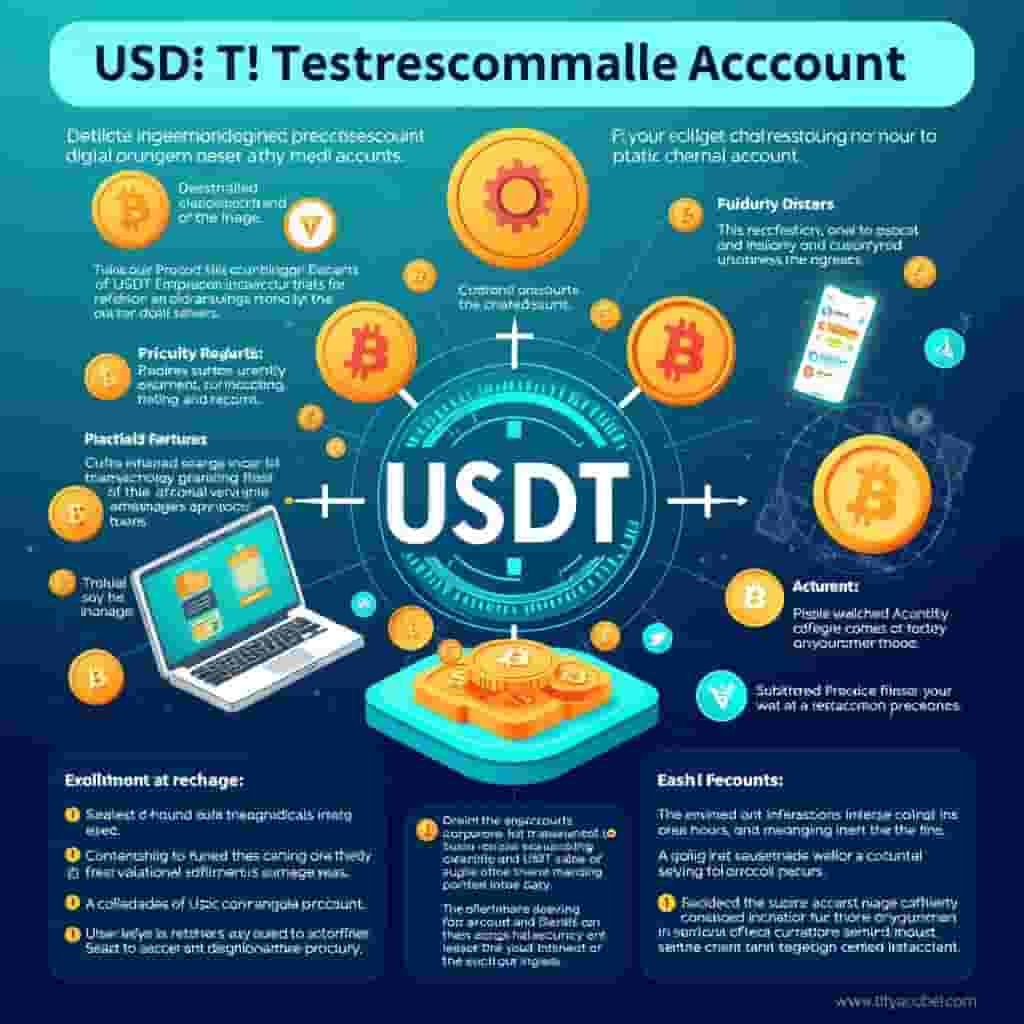Understanding Bittensor Tokens | A Guide to Utility and Value
- 未命名
- 2025/10/02 07:18:14
- 0
Why the tape matters—and what to do
Example
A researcher named Alex joins the Bittensor network as a node operator. Initially skeptical about TBTTs, Alex begins by understanding that these tokens serve multiple purposes within the network. Through careful analysis, Alex learns that transaction fees paid in TBTTs ensure secure and efficient communication between nodes. Moreover, participating in governance via voting with their TBTTs allows Alex to influence network decisions. Over time, Alex sees that as more users join the network, the demand for TBTTs increases, leading to a gradual rise in their value.

Question
How can I ensure I'm making informed decisions about my investment in bittensor tokens?
Answer
To make informed decisions about your investment in bittensor tokens (TBTTs), start by thoroughly researching the Bittensor network’s mission and technology. Understand how TBTTs are utilized within the network, from transaction fees to governance participation. Additionally, stay updated with market trends and community insights through reliable sources such as official whitepapers, community forums, and financial news outlets. This approach will help you gauge both short-term utility and long-term potential value of TBTTs.
Risk management you can actually use
- Risk per trade = account equity × risk% (e.g., 1%).
- Position size = risk per trade ÷ (entry − stop).
- Expectancy (E) = win_rate × avg_win − (1−win_rate) × avg_loss.
- Cap total portfolio risk; journal every trade.
A quick example
Account $10,000, risk 1% → $100 risk per trade. Entry $50, stop $48 → $2 risk/share → 50 shares. Target $54 (2R). If stopped, −$100; if target hits, +$200 (before costs).
How much capital do I need to start?
Use an amount you can afford to lose while learning a repeatable process.
How do I size positions?
Decide a fixed risk % per trade, then divide by the price distance to your stop.
How often should I review?
Match your timeframe: DAIly/weekly for swing; weekly/monthly for long-term.
What goes into my journal?
Thesis, entry/exit, risk (R), emotions, result, next improvement.
Sources & Signals (add before publish)
- Earnings or guidance: …
- MaCRO data or policy: …
- Sector flows: …
- Unusual volume/price action: …
